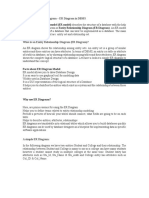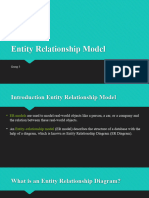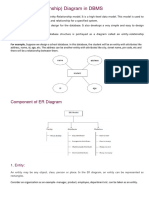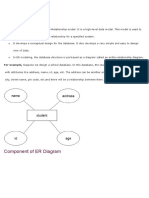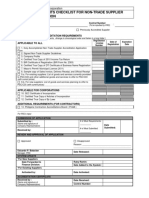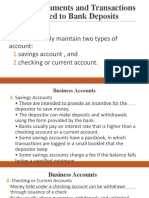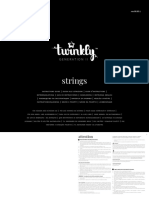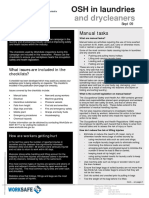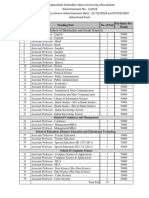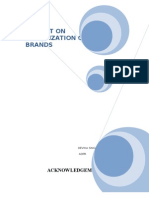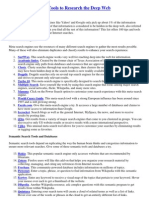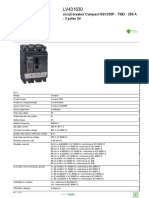0% found this document useful (0 votes)
7 views29 pagesE-R Data Model
The E-R Data Model is a framework for designing databases using Entity Relationship Diagrams (ER Diagrams) that depict the structure and relationships among data entities. Key components include entity sets, relationship sets, and various types of attributes, with distinctions made between strong and weak entities. The document also outlines different types of relationships and participation constraints, providing examples and guidelines for creating ER diagrams for specific applications like university and banking systems.
Uploaded by
Ramu kakaCopyright
© © All Rights Reserved
We take content rights seriously. If you suspect this is your content, claim it here.
Available Formats
Download as PPTX, PDF, TXT or read online on Scribd
0% found this document useful (0 votes)
7 views29 pagesE-R Data Model
The E-R Data Model is a framework for designing databases using Entity Relationship Diagrams (ER Diagrams) that depict the structure and relationships among data entities. Key components include entity sets, relationship sets, and various types of attributes, with distinctions made between strong and weak entities. The document also outlines different types of relationships and participation constraints, providing examples and guidelines for creating ER diagrams for specific applications like university and banking systems.
Uploaded by
Ramu kakaCopyright
© © All Rights Reserved
We take content rights seriously. If you suspect this is your content, claim it here.
Available Formats
Download as PPTX, PDF, TXT or read online on Scribd
/ 29



